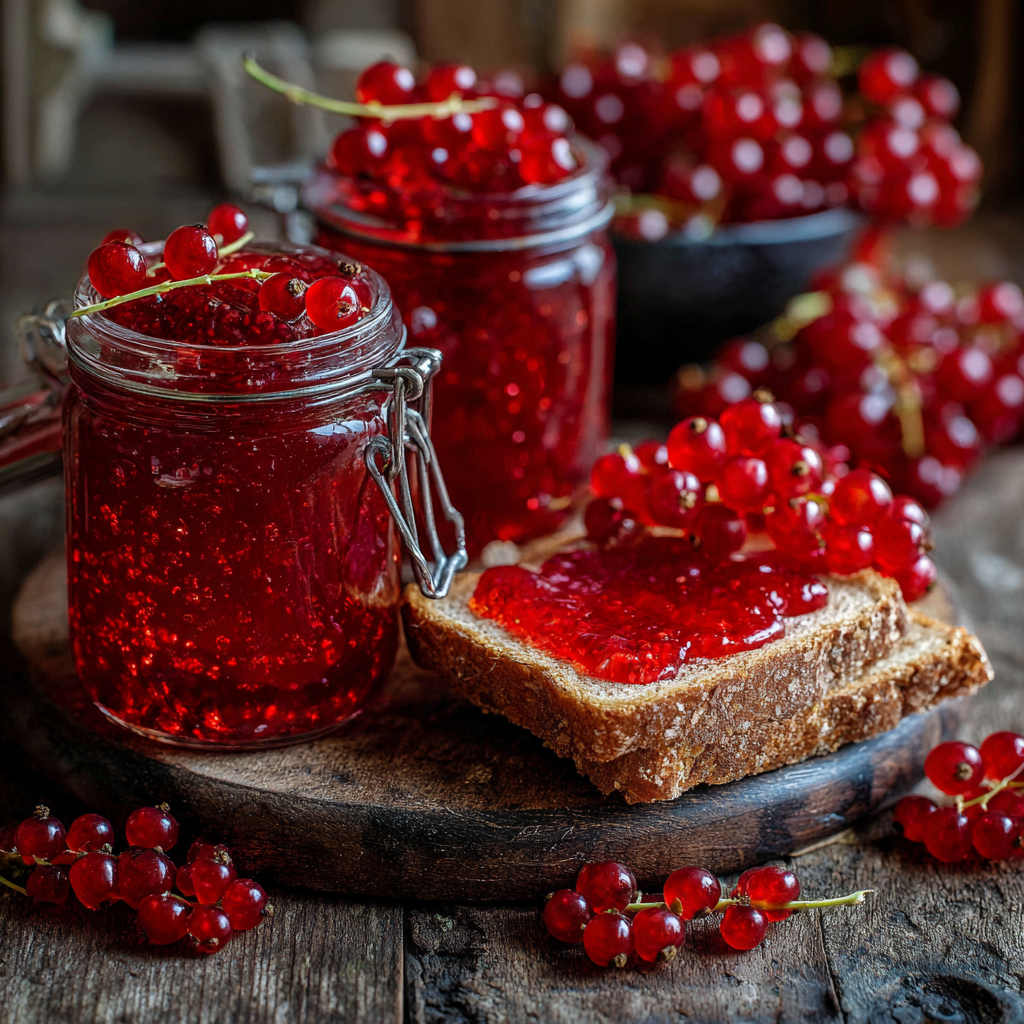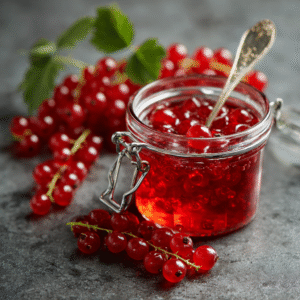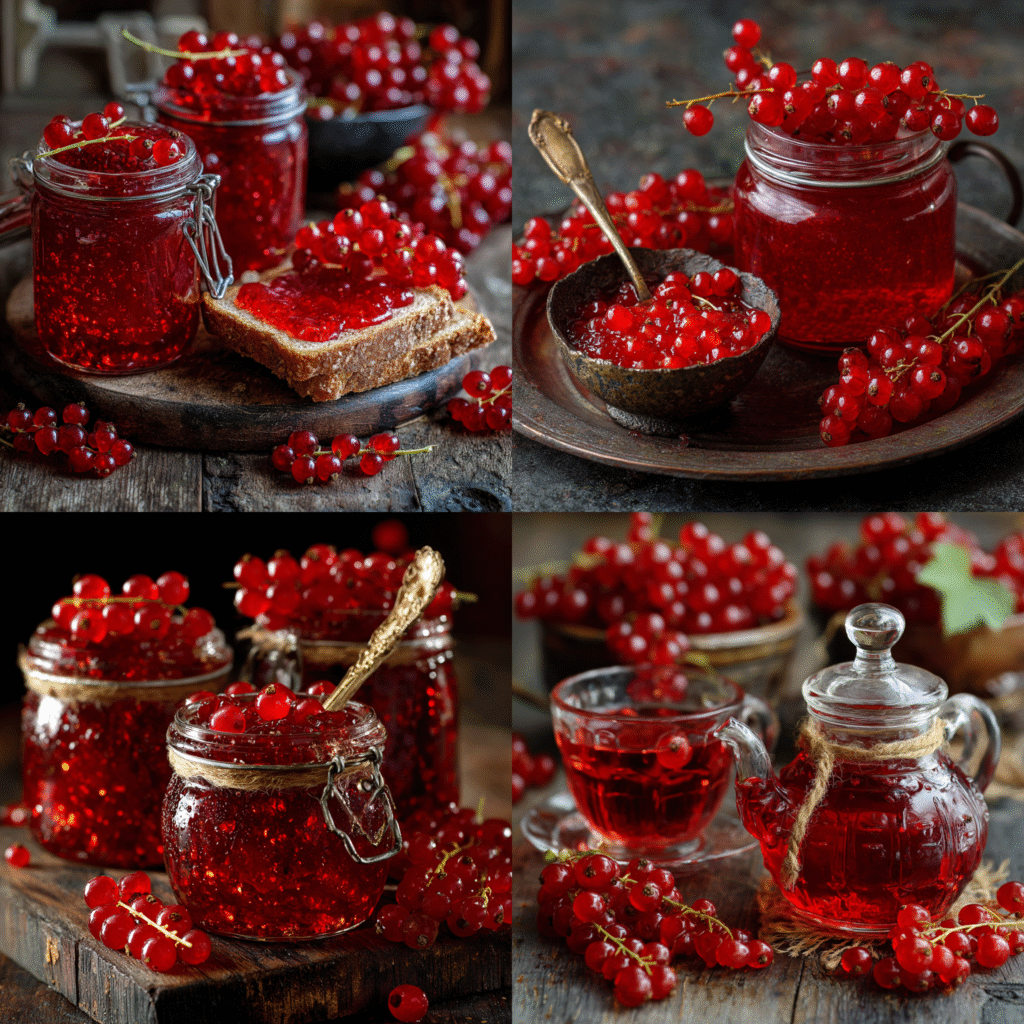Red Currant Polish Recipe, a small yet flavorful fruit, have been cherished in various culinary traditions for centuries. Known for their vibrant color and tangy taste, red currants are often used in a variety of recipes, from jams and sauces to desserts and savory dishes. In Polish cuisine, red currants are particularly popular, adding a refreshing burst of flavor to many traditional recipes. Their natural tartness pairs well with both sweet and savory ingredients, making them a versatile addition to any dish.
A classic Polish recipe that highlights the unique flavor of red currants is the traditional “kompot,” a fruit-based beverage commonly served at family gatherings and festive occasions. In this recipe, red currants are simmered with sugar and water, creating a sweet and tangy drink that is both refreshing and comforting. Red currants are also used in making sauces and glazes, where their acidity enhances the richness of meats like duck or pork, adding a perfect balance of flavors to the dish.
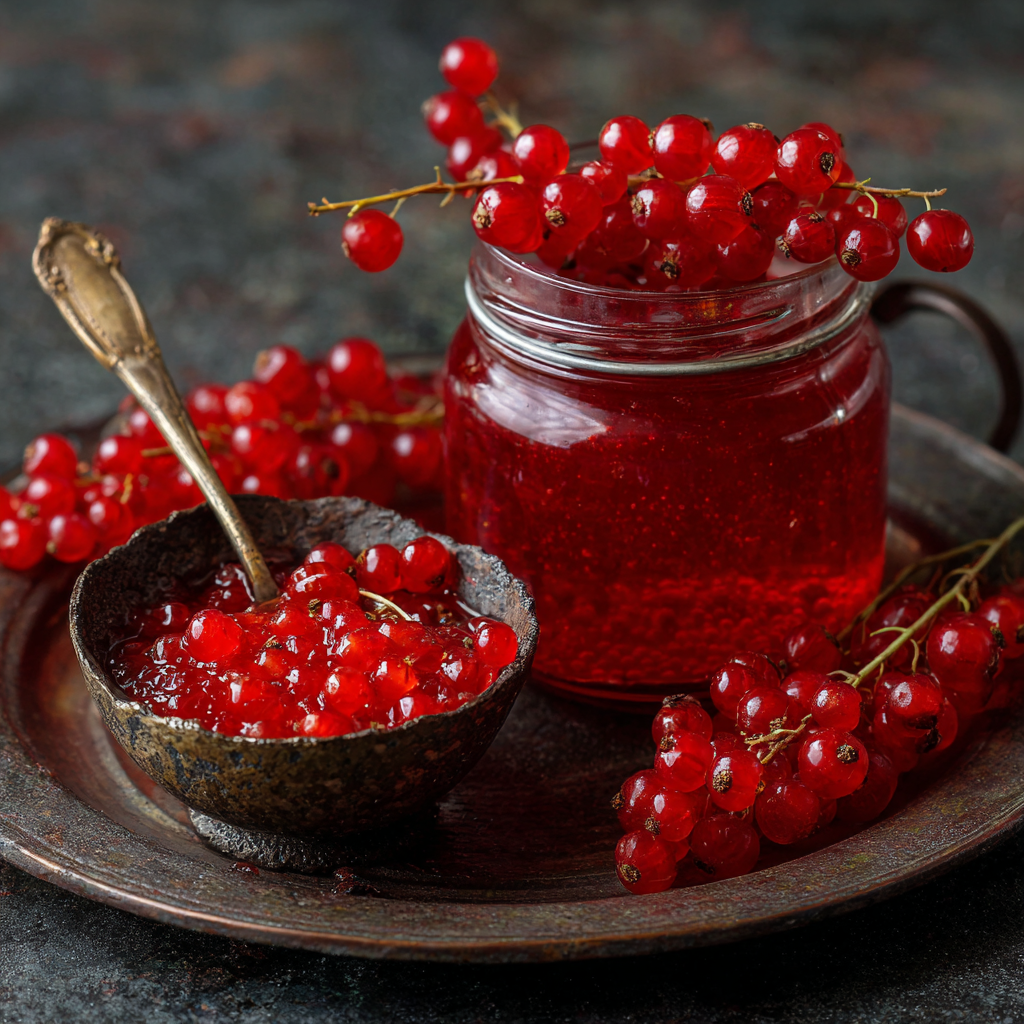
The versatility of red currants in Polish cooking extends beyond beverages and savory dishes. They are often incorporated into desserts such as pies, cakes, and tarts, where their tartness contrasts beautifully with the sweetness of other ingredients. A popular Polish dessert featuring red currants is “ciasto z porzeczkami,” a cake made with a buttery base and a generous topping of red currants. This recipe exemplifies the rich culinary heritage of Poland, showcasing the balance of flavors and the importance of fresh, seasonal ingredients.
- Traditional Polish Recipes Featuring Red Currants
- Red Currants in Polish Desserts: From Pies to Cakes
- Red Currant Polish Recipe in Preserves: Jams, Jellies, and Sauces
- The Nutritional Value of Red Currant Polish Recipe
- Seasonality and Harvesting of Red Currants in Poland
- Modern Twists on Classic Polish Red Currant Recipes
- Red Currant Polish Recipe in Traditional Polish Wedding and Festive Cakes
- Red Currant Polish Recipe in Polish Food Pairings
- Red Currants and Their Role in Polish Cultural Identity
- Environmental Benefits of Growing Red Currants in Poland
- Red Currants in Polish Gift Giving and Hospitality
- Share Your Twist!
Traditional Polish Recipes Featuring Red Currants
One of the most beloved Polish recipes that showcases red currants is the iconic kompot, a fruit drink that is a staple during family gatherings and holiday celebrations. To make this refreshing beverage, red currants are simmered with sugar and water, creating a sweet and tangy drink that can be served chilled or warm. This delicious yet straightforward beverage captures the essence of Polish summer and is enjoyed by people of all ages. It is also often made with additional fruits like apples, strawberries, or cherries, which complement the tartness of the red currants.
In addition to kompot, red currants play an essential role in savory Polish dishes, especially those that feature meats like pork, duck, and goose. A red currant sauce, often simmered with spices like cinnamon and cloves, is an excellent accompaniment to rich meat dishes, providing a balance of acidity and sweetness that elevates the flavors. This combination of red currants and meat is a perfect example of how Polish cuisine uses fruit to enhance and balance savory dishes, a key feature of the nation’s culinary approach.
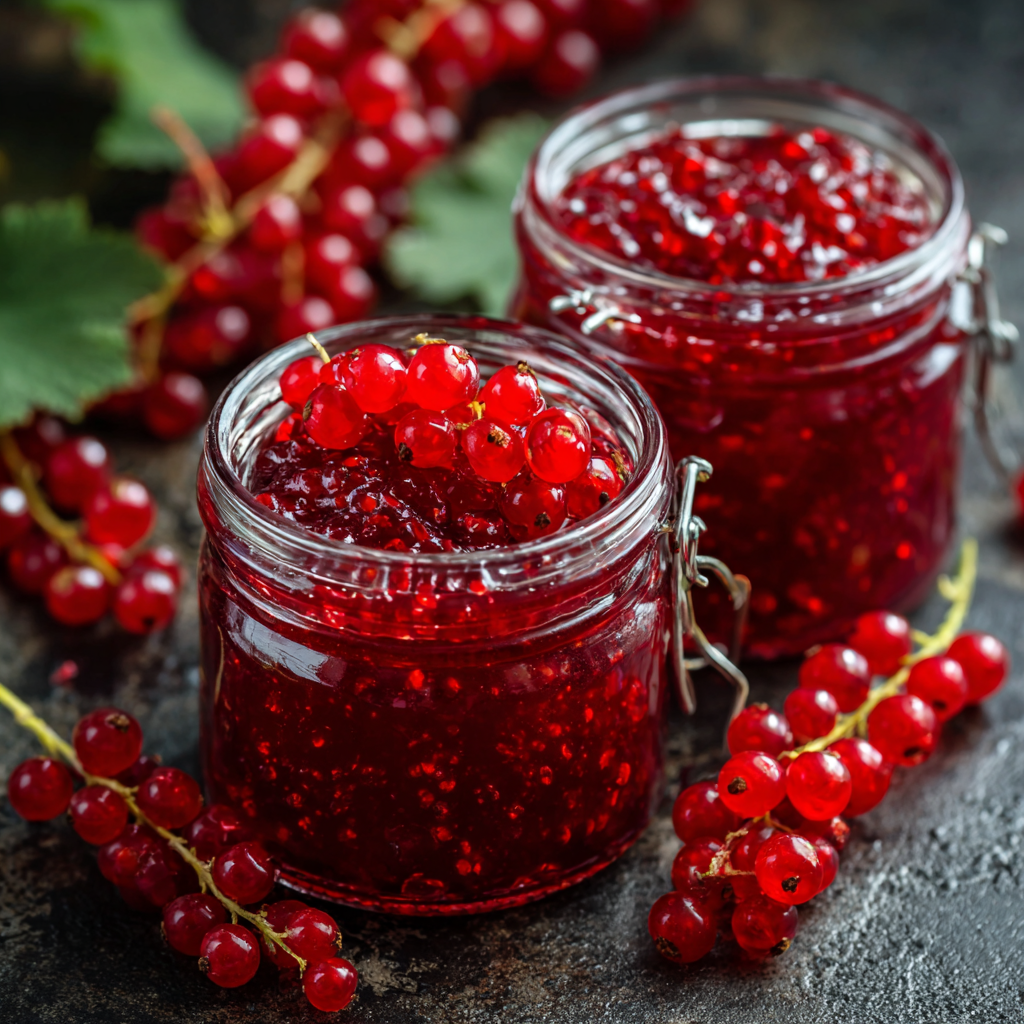
Red Currants in Polish Desserts: From Pies to Cakes
Red currants are most commonly seen in Polish desserts, where their tartness contrasts beautifully with the sweetness of other ingredients. A classic dessert featuring red currants is ciasto z porzeczkami, a Polish cake made with a buttery, soft cake base topped with fresh red currants. The berries add a burst of flavor that cuts through the sweetness of the cake, creating a perfect balance of taste and texture. This cake is often served during festive occasions like weddings, birthdays, and national holidays, symbolizing celebration and joy.
Apart from cakes, red currants are also used in tarts, pies, and even fruit-filled dumplings, where they contribute their signature tangy flavor. Polish pastry chefs often use red currants as a filling for pastries, paired with other fruits like apples or strawberries, to create a combination of sweet and sour that is both refreshing and satisfying. These desserts are not just a treat for the taste buds but also a feast for the eyes, with the bright red berries offering a visually stunning contrast to the golden-brown pastry.
Red Currant Polish Recipe in Preserves: Jams, Jellies, and Sauces
Red currants are often transformed into preserves in Polish kitchens, where they are used to make delicious jams, jellies, and fruit sauces. These preserves are staples in Polish households, especially during the winter months when fresh fruit is scarce. The natural pectin in red currants makes them ideal for making thick, flavorful jams and jellies. The tartness of the berries is balanced with sugar to create spreads that are perfect for pairing with bread, pastries, or even cheese.
Polish red currant preserves are also used as fillings for cakes, pastries, and cookies. These jams are a common ingredient in Polish holiday desserts, such as pierniczki (Polish gingerbread cookies) or drożdżówki (sweet yeast rolls), where the sweet-tart fruit filling adds both flavor and texture. Red currant jelly is often paired with savory dishes as well, particularly roasted meats like pork or chicken. It serves as a versatile accompaniment that enhances the richness of the meat with its sharp, tangy profile.
The Nutritional Value of Red Currant Polish Recipe
Red currants not only bring flavor and color to Polish cuisine but also provide a variety of health benefits. Rich in vitamin C, antioxidants, and dietary fiber, red currants are a nutritious addition to any dish. They help support the immune system, improve digestion, and protect against oxidative stress, making them a valuable fruit in both summer and winter diets. In Poland, red currants are often seen as a natural remedy for colds and other illnesses, with people enjoying their tart, refreshing properties in beverages like kompot or fresh juices.
The high levels of antioxidants found in red currants are especially beneficial in combating inflammation and boosting heart health. These benefits, combined with their low-calorie content, make red currants a healthy addition to various dishes, from sweet desserts to savory meat dishes. In addition, their high water content helps keep the body hydrated, making them an ideal fruit to incorporate into light, refreshing summer meals.
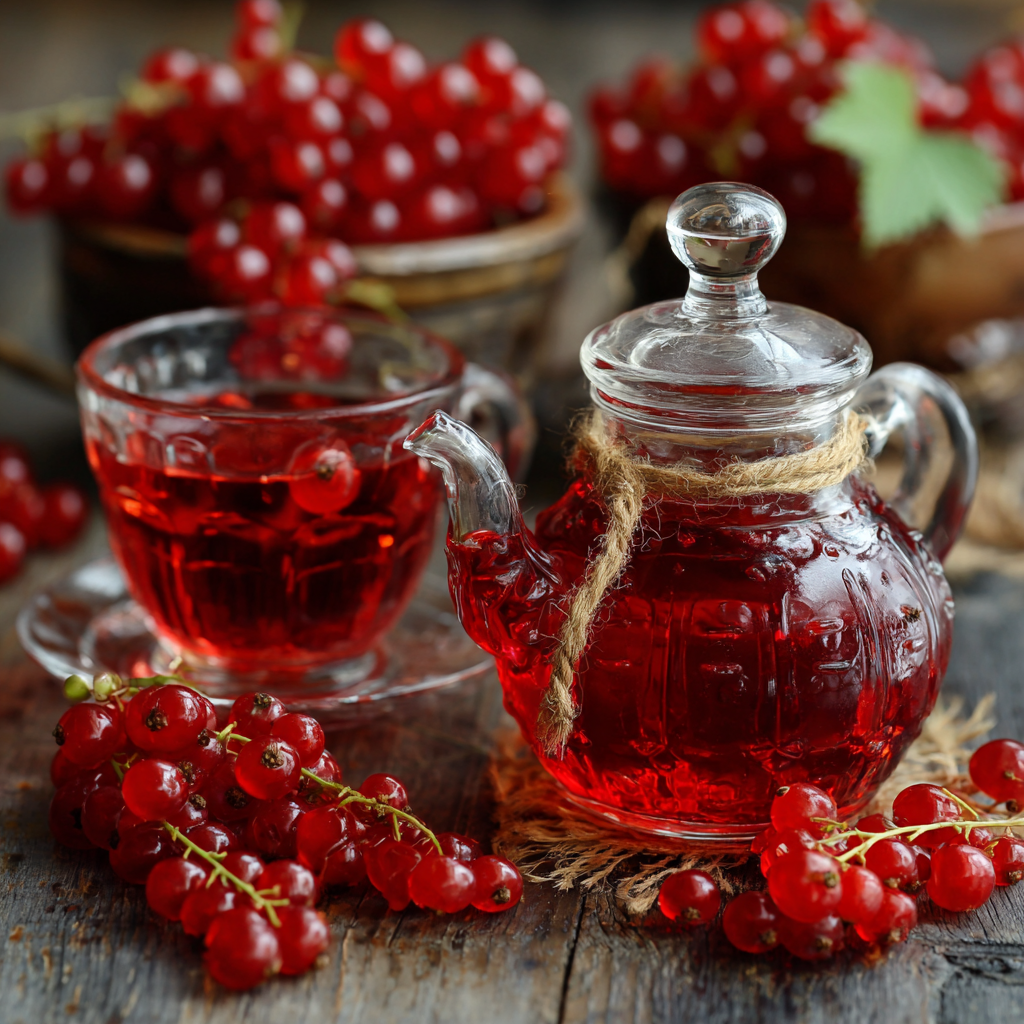
Seasonality and Harvesting of Red Currants in Poland
The growing season for red currants in Poland typically runs from late spring to early summer, with the berries being harvested in June and July. These berries thrive in the cool, temperate climate of Poland, where they are grown in gardens and on farms across the country. The short harvest period makes red currants a seasonal delicacy, and their availability during the summer months is eagerly anticipated.
During harvest time, families and farmers gather the fruit, often using it fresh in homemade recipes or preserving it for later use. The tradition of maintaining red currants through canning or freezing ensures that their unique flavor can be enjoyed throughout the year. This seasonal connection to food in Polish culture highlights the importance of local, fresh ingredients and the value placed on seasonal eating. This practice is deeply embedded in the culinary history of Poland.
Modern Twists on Classic Polish Red Currant Recipes
While traditional Polish recipes featuring red currants remain popular, modern chefs have found new and creative ways to incorporate this beloved fruit into contemporary Polish cuisine. Today, red currants are featured in innovative dishes such as red currant sorbets, ice creams, and even cocktails. These modern twists add a refreshing and unexpected touch to the traditional use of red currants in Polish cooking.
In modern Polish kitchens, red currants are also used to create fusion dishes that blend Polish ingredients with international flavors. For example, red currants may be paired with exotic fruits like mango or kiwi, creating a unique and colorful fruit salad. Chefs also experiment with combining red currants with spices like cardamom or star anise to create bold, complex flavors that pay homage to Poland’s culinary heritage while embracing contemporary techniques and tastes.
Cultural Significance of Red Currants in Polish Celebrations
In Poland, red currants hold cultural and symbolic significance. They are often seen in traditional Polish feasts and celebrations, where the fruit’s vibrant color and sharp taste add to the festive atmosphere. During holidays like Christmas, Easter, and Polish name days, red currants are featured in desserts and dishes that bring families together. The fruit is also often used as a garnish, adding a pop of color to the table and elevating the presentation of Polish holiday meals.
Moreover, red currants are connected to the idea of “seasonal eating,” a tradition that celebrates the cycle of the seasons and the harvest. By using locally grown and seasonal ingredients like red currants, Poles maintain a deep connection to the land and the rhythms of nature. This sense of pride in local produce is reflected in the way red currants are incorporated into recipes, ensuring that the traditions of Polish cuisine continue to thrive while honoring the country’s agricultural history.
Red Currant Polish Recipe in Polish Beverages: From Kompot to Cocktails
Red currants are also used in a variety of beverages in Poland, from traditional drinks like kompot to more contemporary offerings like cocktails. Kompot, a popular Polish fruit drink, is often made with red currants mixed with other fruits such as apples, strawberries, or cherries. This refreshing beverage is served chilled in the summer and warm in the winter, making it a year-round favorite for Polish families. It is often prepared in large quantities to serve at family gatherings and is enjoyed by people of all ages.
In recent years, red currants have also found their way into the world of mixology, where they are used to create unique and flavorful cocktails. Red currant syrup, combined with vodka or gin, makes for a refreshing base in Polish-inspired cocktails. The tartness of the berries adds a vibrant contrast to the spirit, and their bright red color makes for an eye-catching drink. These modern cocktails give a fresh spin on traditional Polish beverages, blending the old with the new.
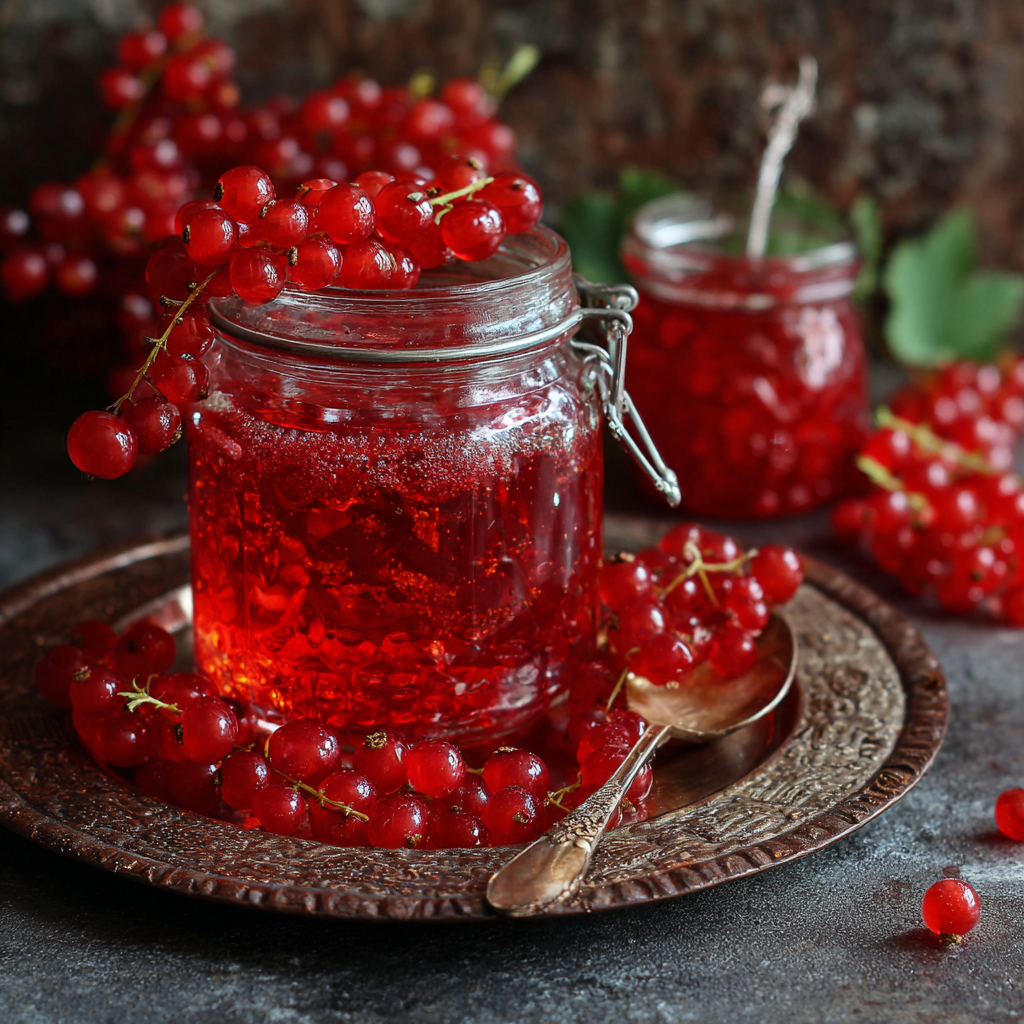
Currant in Polish Pickles and Preserved Foods
In addition to their sweet uses, red currants also feature in some savory and pickled dishes in Polish cuisine. The tartness of the berries makes them an ideal candidate for pickling, where they add a unique sour note to traditional Polish pickles, which are a beloved part of the diet. The combination of red currants with cucumbers or other vegetables in brine creates a refreshing contrast of flavors that enhances the overall dish.
Another popular preserved food that often includes red currants is kapusta kiszona (fermented cabbage). Some Polish recipes for fermented cabbage include red currants as a natural flavor enhancer, adding a tangy, fruity element to the traditionally sour dish. In these recipes, the red currants help to balance the flavors of the fermented cabbage, creating a delightful fusion of tartness and umami. These preserved foods are enjoyed throughout the year, even in the colder months when fresh produce is limited.
Red Currant Polish Recipe in Traditional Polish Wedding and Festive Cakes
Polish wedding cakes and festive treats often feature seasonal fruits like red currants, highlighting their importance in the country’s culinary traditions. The tartness of red currants provides a delightful contrast to the sweetness of sugary icings and fillings, making them an ideal addition to large cakes that are served at weddings and celebrations. One of the most common cakes to include red currants is the tort weselny, a layered wedding cake filled with cream, fruit, and often topped with a decorative layer of fresh red currants.
In addition to wedding cakes, red currants are used in other celebratory cakes, such as sernik (Polish cheesecake) and makowiec (poppy seed cake), where the berries are incorporated into the filling or served as a garnish. The inclusion of red currants in such special cakes highlights their role as symbols of celebration, adding not only a burst of color but also an extra layer of flavor to the already indulgent desserts.
Red Currant Polish Recipe in Polish Food Pairings
The sharp flavor of red currants pairs exceptionally well with various ingredients, making them a go-to fruit for chefs looking to create well-balanced dishes. In Polish cuisine, red currants are often paired with fatty meats, such as duck, pork, or goose. Their acidity helps to cut through the richness of these meats, providing a refreshing contrast that enhances the overall taste of the dish. Red currants are also paired with cheeses, particularly aged cheeses like Gouda or blue cheese, where their tartness complements the deep, earthy flavors of the cheese.
Additionally, red currants are often combined with other fruits in desserts, creating beautiful and delicious fruit salads. They pair well with strawberries, raspberries, and apples, offering a variety of textures and tastes that make any fruit salad or dessert more exciting. Their versatility in both savory and sweet pairings demonstrates their importance in creating balanced and flavorful meals in Polish cuisine.
Polish Family Traditions and Red Currants: From Harvest to Table
For many Polish families, the act of harvesting red currants is a cherished tradition that brings people together. Families often spend time picking the berries from the garden or local farms, and this harvest is a moment of joy and unity. The red currants are then used in a variety of recipes that have been passed down through generations, creating a sense of connection to the past. Preparing red currants for preserves, pies, and beverages is not only about making food but also about celebrating Polish family traditions and the value of homegrown ingredients.
Once harvested, red currants often take center stage in family meals, where they are served in a variety of ways, from drinks like kompot to elaborate cakes and savory dishes. The enjoyment of these dishes often marks holidays, birthdays, and special occasions, reinforcing the idea of food as a means of bringing loved ones together. For many Poles, red currants are more than just a fruit—they are a symbol of familial bonds and the joy of shared meals.
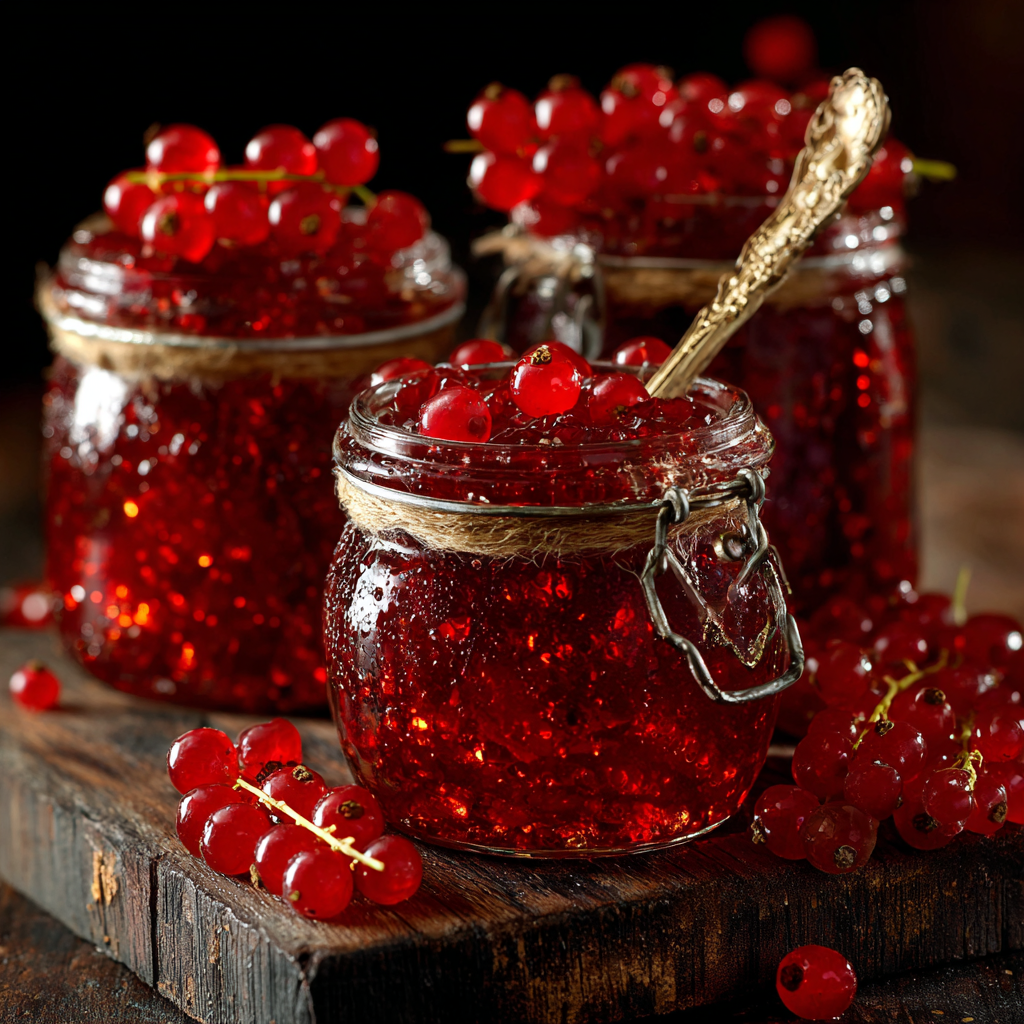
Red Currants and Their Role in Polish Cultural Identity
Red currants are not only significant for their culinary value but also hold a deeper cultural and symbolic meaning within Polish society. The fruit represents a connection to nature and the land, reflecting the Polish value of celebrating the harvest and the changing seasons. Historically, red currants have been associated with Polish peasant life, where families would gather to collect the fruit, preserve it for the winter, and share it with others in the community.
In modern-day Poland, the consumption of red currants continues to be a way of maintaining a connection to the country’s agricultural roots. The continued use of these berries in traditional recipes serves as a reminder of Poland’s rich farming history and the importance of sustainable, local food practices. Red currants, much like other seasonal fruits, remain an essential part of Poland’s cultural identity, encapsulating the essence of the Polish countryside and the joys of eating local, fresh produce.
Environmental Benefits of Growing Red Currants in Poland
The cultivation of red currants in Poland offers several environmental benefits. As a hardy fruit that grows well in the cooler climate, red currants require fewer pesticides and fertilizers compared to more delicate fruits, making them an eco-friendly option for Polish farmers. They thrive in diverse soil conditions and are relatively easy to grow, even in areas with less fertile land. This makes them an excellent choice for sustainable farming practices, particularly in rural areas where farmers may not have access to more industrialized agricultural methods.
In addition to being environmentally friendly, red currants are also a part of Poland’s broader efforts to promote biodiversity. By growing red currants alongside other native fruits and plants, Polish farmers help to preserve local ecosystems. The berries also provide food for birds and wildlife, making them an essential part of the natural landscape. As demand for local and sustainably grown food increases, red currants represent a positive step towards more eco-conscious agricultural practices in Poland.
Red Currants in Polish Gift Giving and Hospitality
In Poland, food is often given as a gift to show appreciation and hospitality, and red currants are no exception. During the summer months, when the berries are in season, it is common for families to share jars of homemade red currant preserves, fresh pies, or bottles of kompot with friends and relatives. Red currants, with their vibrant color and distinctive flavor, make an attractive and thoughtful gift that reflects the care and effort put into creating something special.
Additionally, red currants are often incorporated into gift baskets given during holidays and special occasions. These baskets may contain homemade preserves, dried fruits, and even baked goods, with red currants playing a starring role. The tradition of using red currants in Polish gift giving underscores the cultural importance of hospitality and sharing food as a way of expressing goodwill and connection.
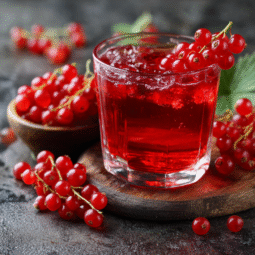
Polish Red Currant Cake (Ciasto z Porzeczkami)
Equipment
- 9-inch (23 cm) round cake pan or square pan
- Mixing bowls
- Whisk or electric mixer
- Rubber spatula
- Knife (for chopping red currants)
- Oven
Ingredients
- For the Cake:
- 1 cup 200g granulated sugar
- 1/2 cup 115g unsalted butter, softened
- 2 large eggs
- 1 1/2 cups 190g all-purpose flour
- 2 tsp baking powder
- 1/2 cup 120ml milk
- 1 tsp vanilla extract
- Pinch of salt
- For the Red Currant Topping:
- 1 1/2 cups 250g fresh red currants
- 1/4 cup 50g granulated sugar
- 1 tsp cornstarch optional, to thicken
Instructions
- Preheat the Oven: Preheat your oven to 350°F (175°C). Grease and flour your cake pan or line it with parchment paper.
- Prepare the Cake Batter: In a mixing bowl, cream the softened butter and granulated sugar together using a whisk or electric mixer until the mixture is light and fluffy. Add the eggs one at a time, beating well after each addition. In another bowl, whisk together the flour, baking powder, and salt. Gradually add the dry ingredients to the butter mixture, alternating with the milk. Stir in the vanilla extract. Mix until the batter is smooth and fully combined.
- Prepare the Red Currant Topping: Gently rinse and remove the stems from the red currants. Place them in a small bowl and sprinkle with sugar. For a thicker topping, mix the cornstarch with a small amount of water and stir into the currants to help bind the juice.
- Assemble the Cake: Pour the cake batter into the prepared pan and smooth the top. Evenly distribute the sugared red currants over the top of the batter, gently pressing them in so they don't slide off.
- Bake: Bake the cake for about 40-45 minutes, or until a toothpick inserted into the center of the cake comes out clean. If the top of the cake starts to brown too quickly, cover it loosely with foil.
- Cool and Serve: Allow the cake to cool in the pan for about 10 minutes before transferring it to a wire rack to cool completely. Once cooled, slice and serve.

Notes
- Topping Variation: You can also use other berries like strawberries, raspberries, or blueberries in place of red currants, or a mix of different berries.
- Storage: The cake can be stored in an airtight container at room temperature for up to 3 days or refrigerated for up to a week.
- Serving Suggestion: This cake is wonderful served with a dusting of powdered sugar on top, a dollop of whipped cream, or a scoop of vanilla ice cream. For a festive touch, you can add a few fresh red currants on top as decoration.

Share Your Twist!
Red Currant Glaze: Drizzle a simple red currant syrup over the cake after baking for an extra fruity kick.
Lemon Twist: Add lemon zest to the batter for a fresh, zesty flavor that complements the red currants.
Nutty Crunch: Stir in some chopped almonds for a nutty crunch or sprinkle sliced almonds on top before baking.
Gluten-Free: Swap all-purpose flour for a gluten-free flour blend for a gluten-free version.
Vegan: Replace eggs with flax eggs and use plant-based milk and butter to make the cake vegan.
